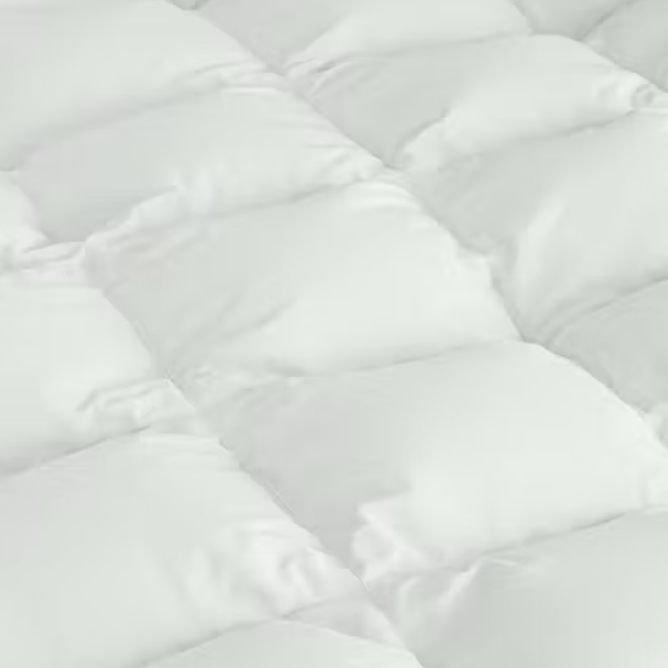Does a Duvet Need a Cover? If You Want Softer Bedding to Cuddle Up to, Sleep Experts Say Covers Are a Must
Here's everything you need to know about duvets and if they should be covered

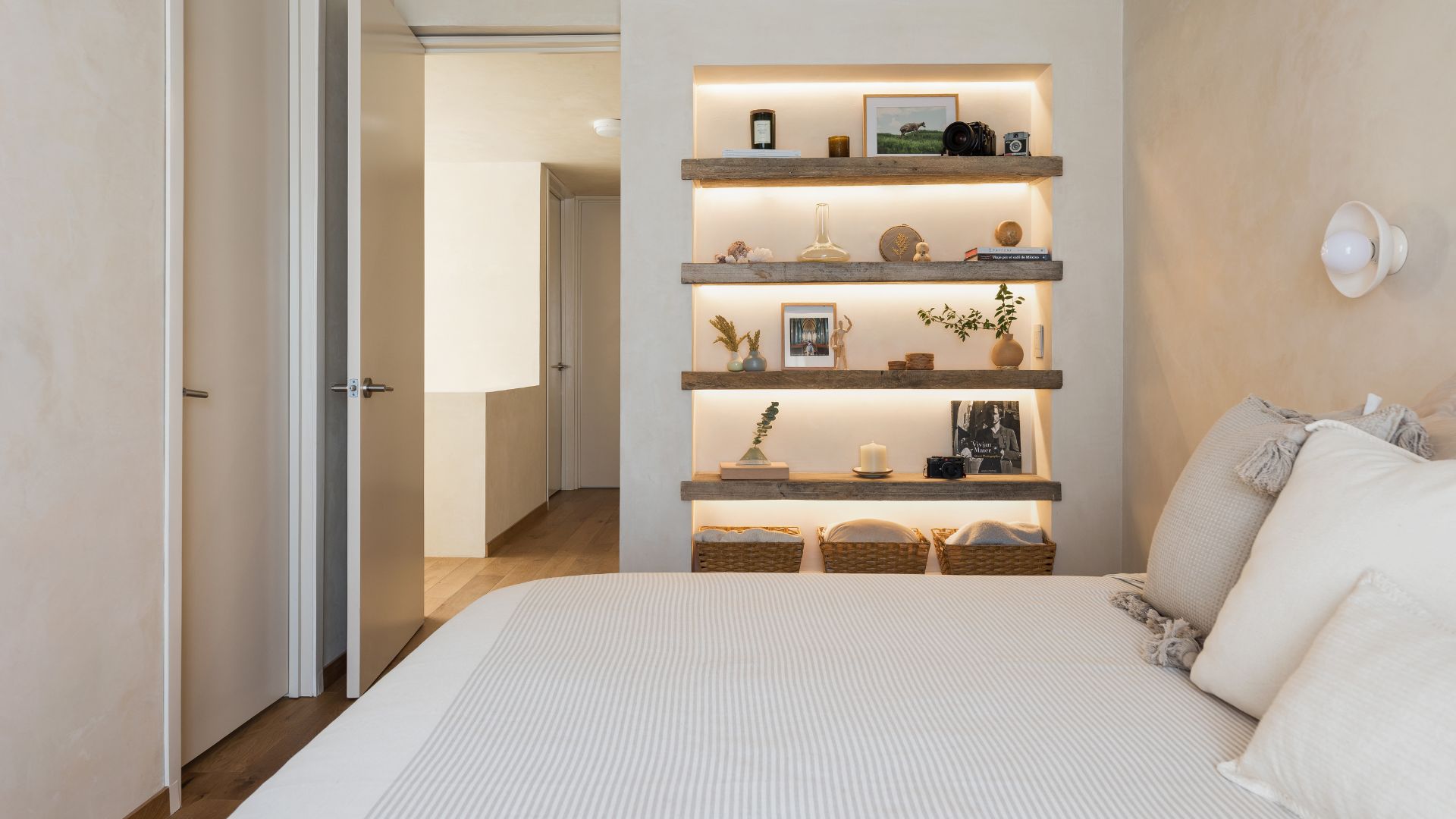
In the past, I used to sleep with duvets religiously, but I gave up after getting tired of them bunching up inside of their cover. I'm not even a person who moves around a lot during the night, so the struggle of my duvet becoming an uncomfortable ball was really confusing and became quite a nuisance.
After years of exclusively using other types of bedding, including vintage candlewicks supplemented by cute, seasonally patterned fleece blankets, I still sometimes miss the cloud-esque fluffy feel of a duvet. So when I heard about the 'coverless duvet trend', I knew I needed to learn more.
I talked to sleep experts about all things bedding and nighttime comfort to hear their thoughts on whether a duvet really needs a cover. Perhaps I'll rethink abandoning my duvet days now.
Does a duvet need a cover?
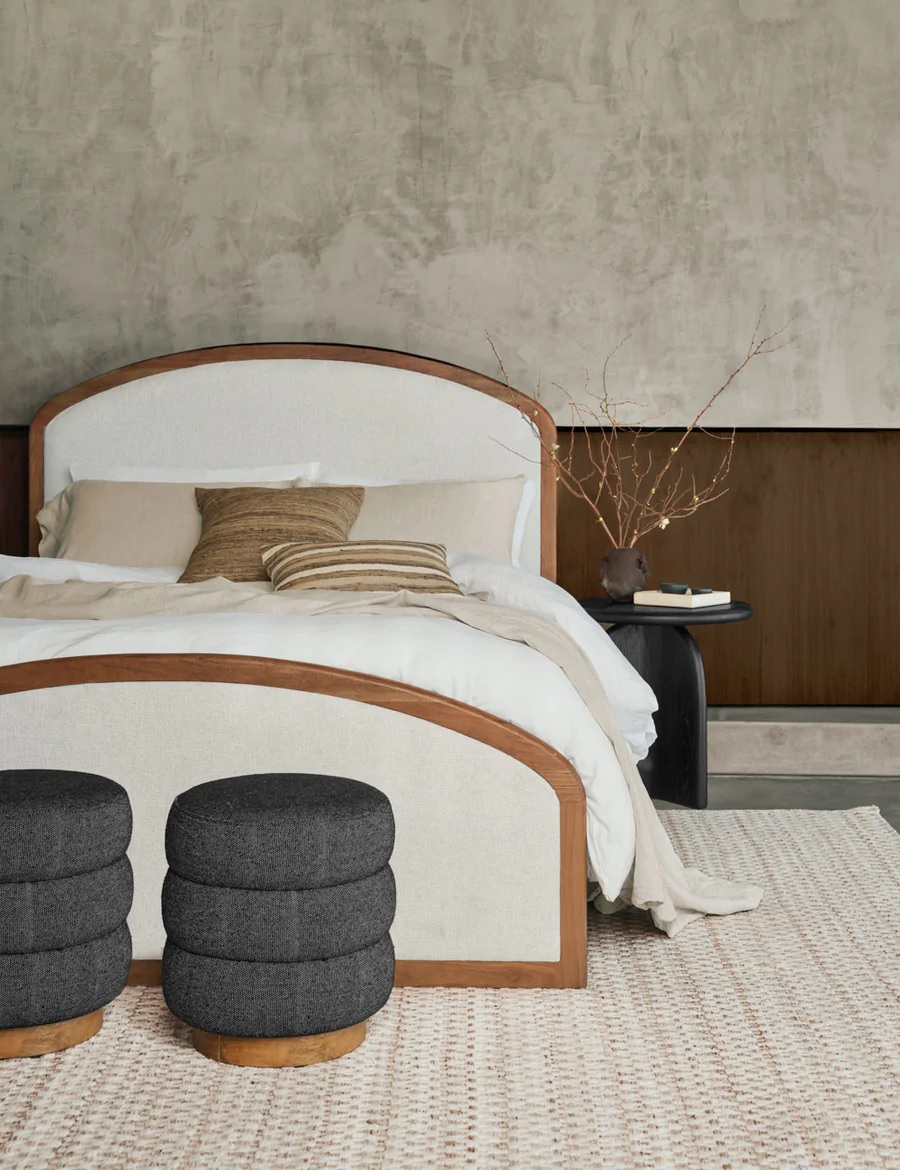
A traditional duvet consists of two main components: an insert typically made from down feathers or synthetic fibers held together in a casing of fabric, and another casing of fabric that goes over the insert, which usually buttons closed on one side.
Although the insert containing down or synthetic fibers — the part of the duvet that works as insulation to keep you warm — is already being held inside of a piece of material to prevent it from spilling out, it's useful to put a cover over the insert entirely for many reasons. And though the best bedding sets offer plenty in the aesthetics department, the reasons to give a duvet a cover are mostly practical.
Nichole Mondshein, a sleep product expert at Sleepopolis, says, "As much as you don't have to put a cover over your duvet for it to work, duvet inserts are generally best with a cover. Duvet covers serve a few purposes: they offer a softer fabric exterior when sleeping, they are easier to wash than the insert, and the cover protects the duvet's insert from damage. A cover also allows you to choose your own patterned duvet cover, if you enjoy changing your bedroom decor."
What is a coverless duvet?
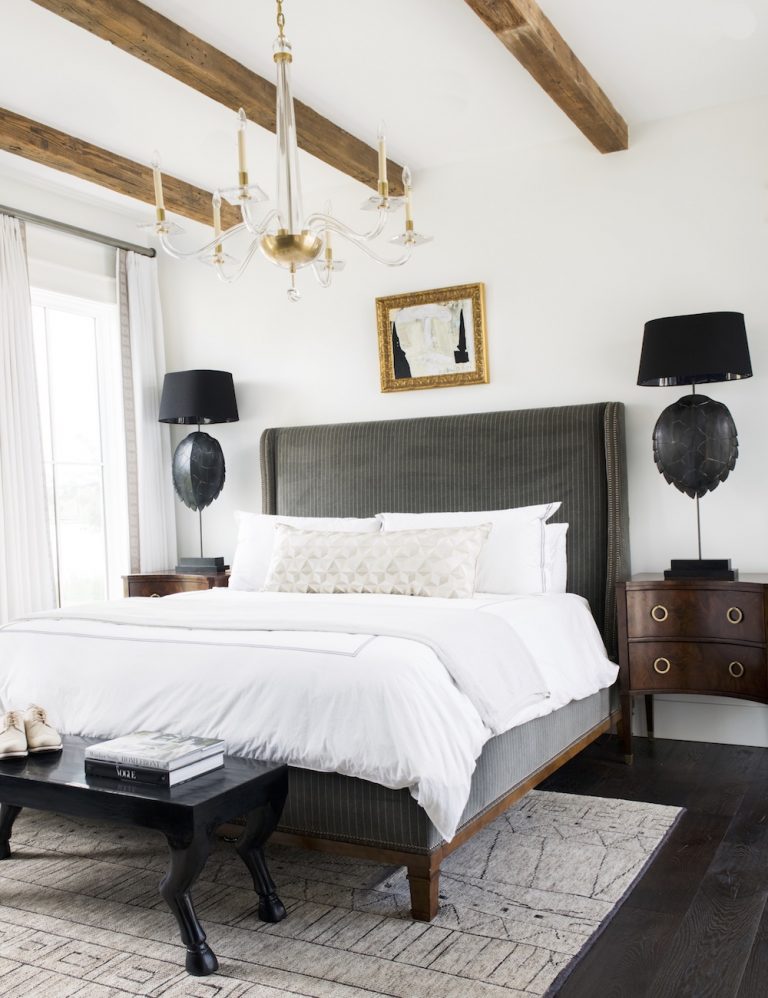
Coverless duvets, otherwise known as comforters, are a popular year-round bedding choice with many differences to a traditional duvet.
The Livingetc newsletters are your inside source for what’s shaping interiors now - and what’s next. Discover trend forecasts, smart style ideas, and curated shopping inspiration that brings design to life. Subscribe today and stay ahead of the curve.
The main difference between a coverless duvet and a traditional duvet is, as you might have guessed, its lack of cover. Marten Carlson, a mattress expert and certified sleep science coach at Mattress Clarity, says, "A coverless duvet, often referred to as a comforter, is designed to be used as a single piece. They typically have a thinner profile and are less insulating than a duvet and cover combination, but they still offer warmth."
You can even purchase cooling comforters, specifically designed to not overheat you during slumber. We love this REST® Evercool® Cooling Comforter from Amazon, and this DOZ Cooling Bamboo Comforter from Target.
Coverless duvets still actually have a cover, but the cover and duvet insert are manufactured together as one solid product. This means that the cover cannot be removed.
Are coverless duvets a good idea?
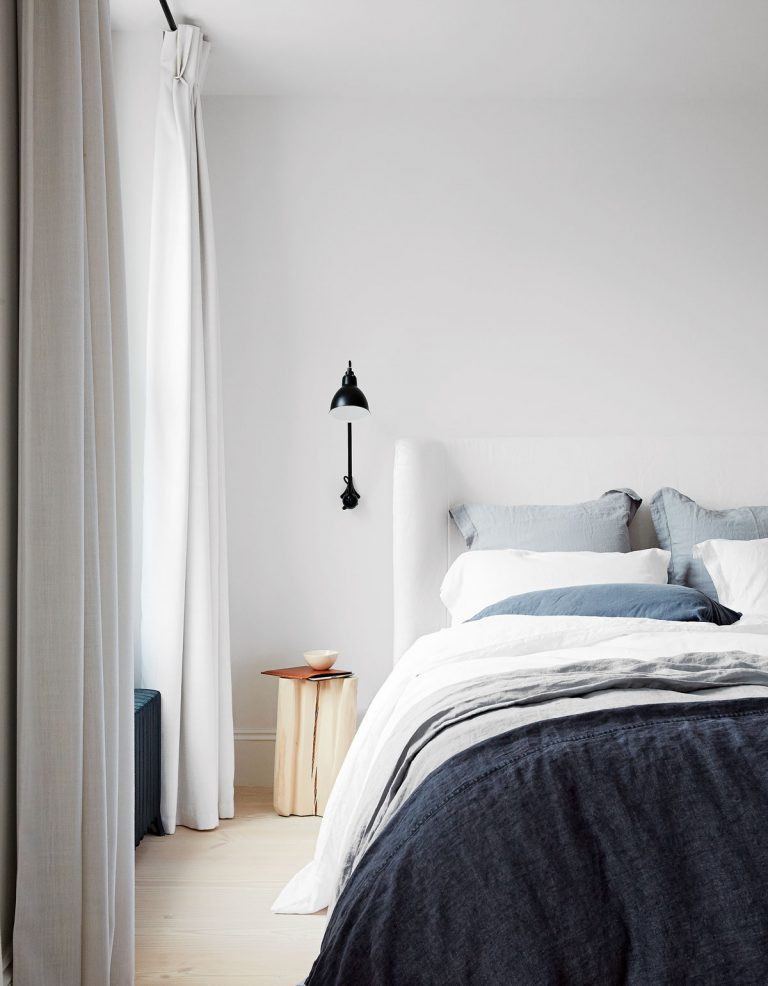
If you've faced the wrestling match I used to with my traditional duvet, you won't ever have to go through it again with a coverless duvet. Everything is neatly packaged into one product that doesn't screw up into a ball, so it's more convenient to use than its counterpart.
However, if you love the fluffiness and warmth of a traditional duvet and enjoy switching out the covers to make your duvet look good, you won't have the same experience if you switch to a coverless one. Coverless duvets tend to run on the thinner side too, and the fact the cover can't be removed to easily machine-wash may mean trips to the dry cleaners to ensure stains and sweat don't accumulate, trapping germs.
Should I invest in a coverless duvet?

Overall, it's up to an individual to decide what they feel works best for them and their sleep routine. If you tend to be a hot sleeper, a coverless duvet may be better as it traps less heat and can instead be supplemented with extra blankets in the colder weather.
However, if you're someone who loves cozying up in bed warm and snug in the winter, nothing will beat the traditional pillowy feel of a duvet.
If you have kids prone to staining their bedding every time you blink, we definitely recommend sticking to your duvet covers, though!
Shop Duvets Now
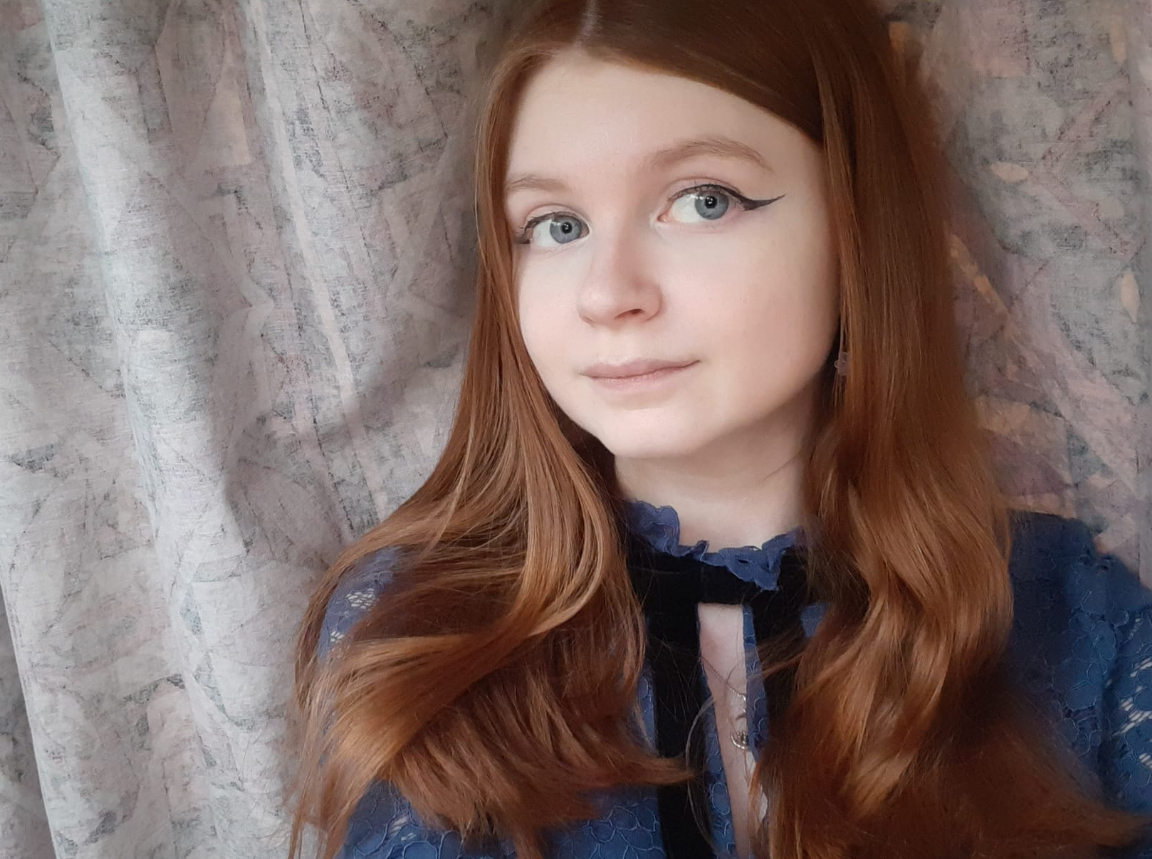
Ciéra is a writer and regional laureate with particular passions for art, design, philosophy and poetry. As well as contributing to Livingetc, she's an Editorial Assistant for Design Anthology UK and a contributing writer for magazines including Homes & Gardens, Apartment Therapy, Ideal Home, House Beautiful, Gardening Know How, The Sun, and Fabulous. Previous commendations of hers include being Highly Commended by The Royal Society of Literature and receiving a prestigious MA Magazine Journalism scholarship to City, University of London.
